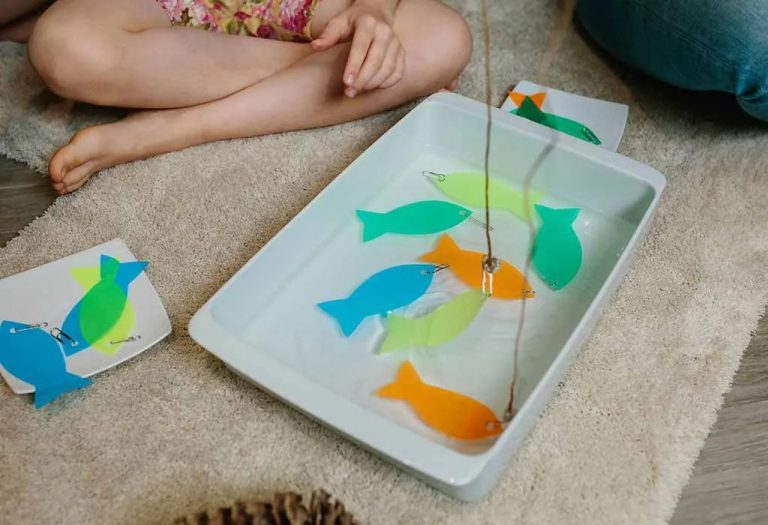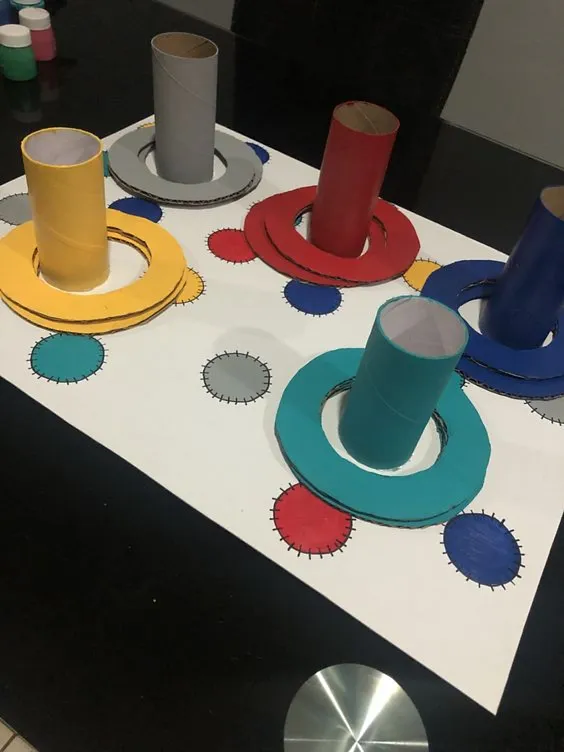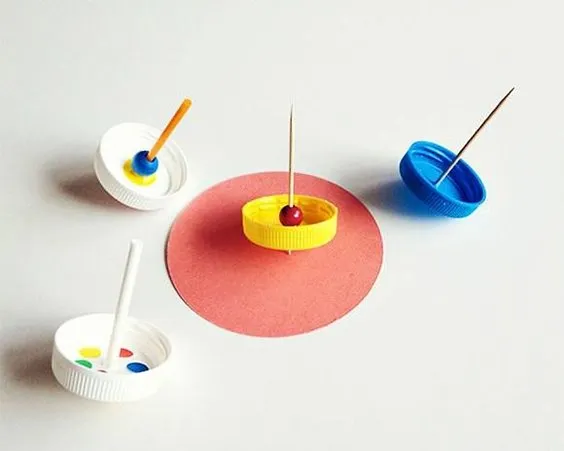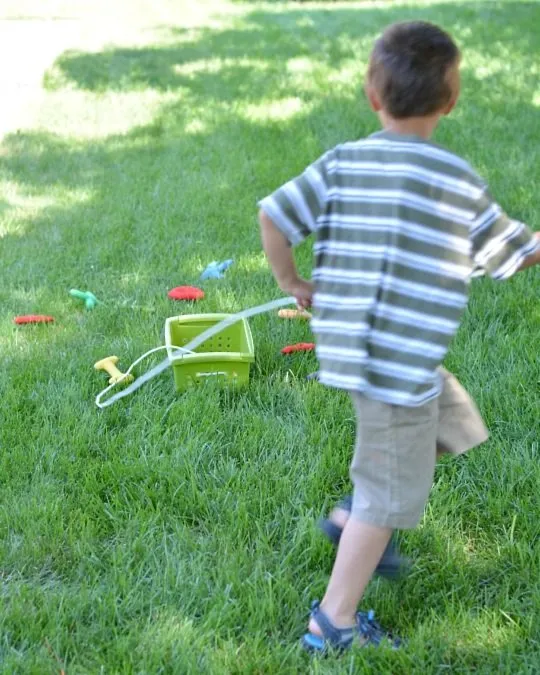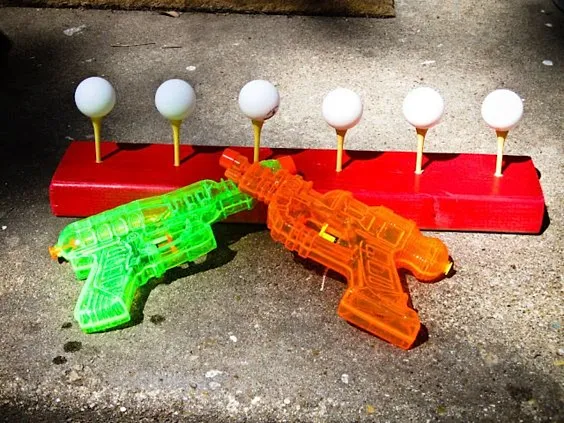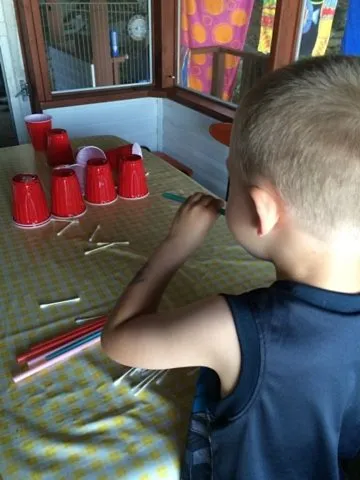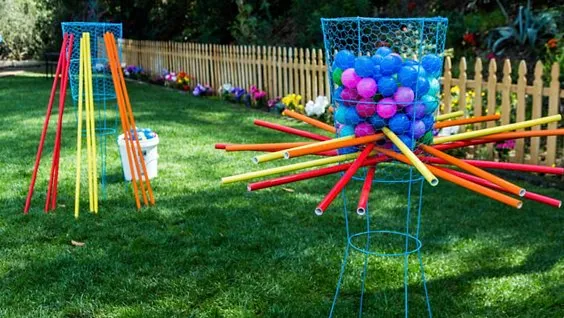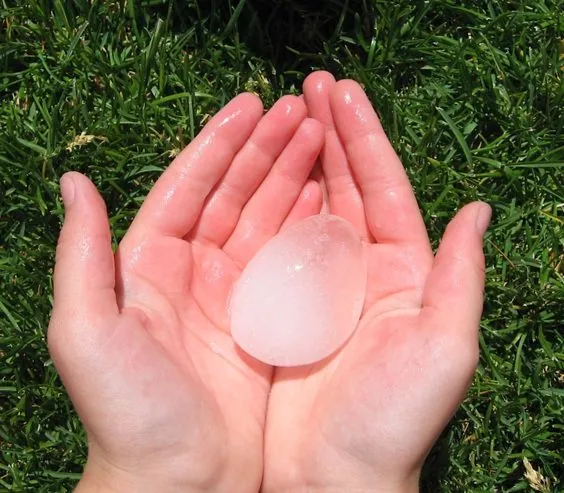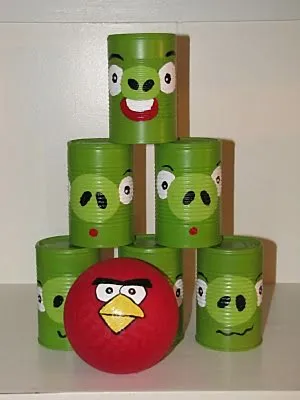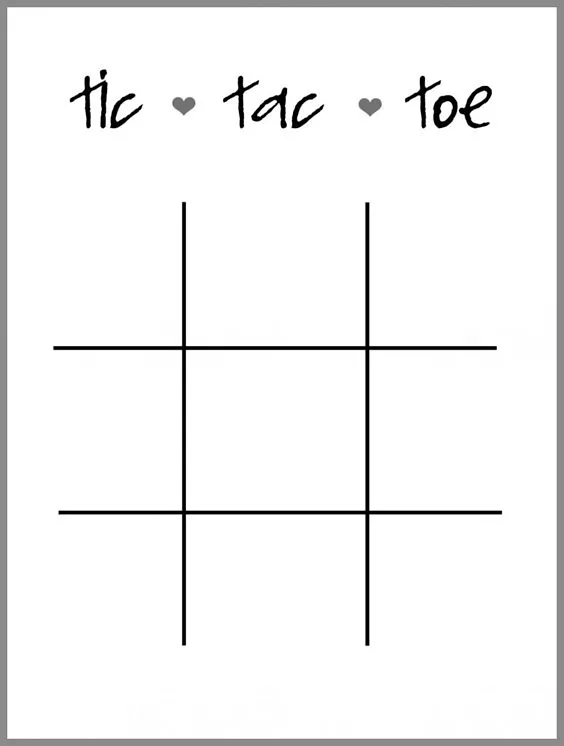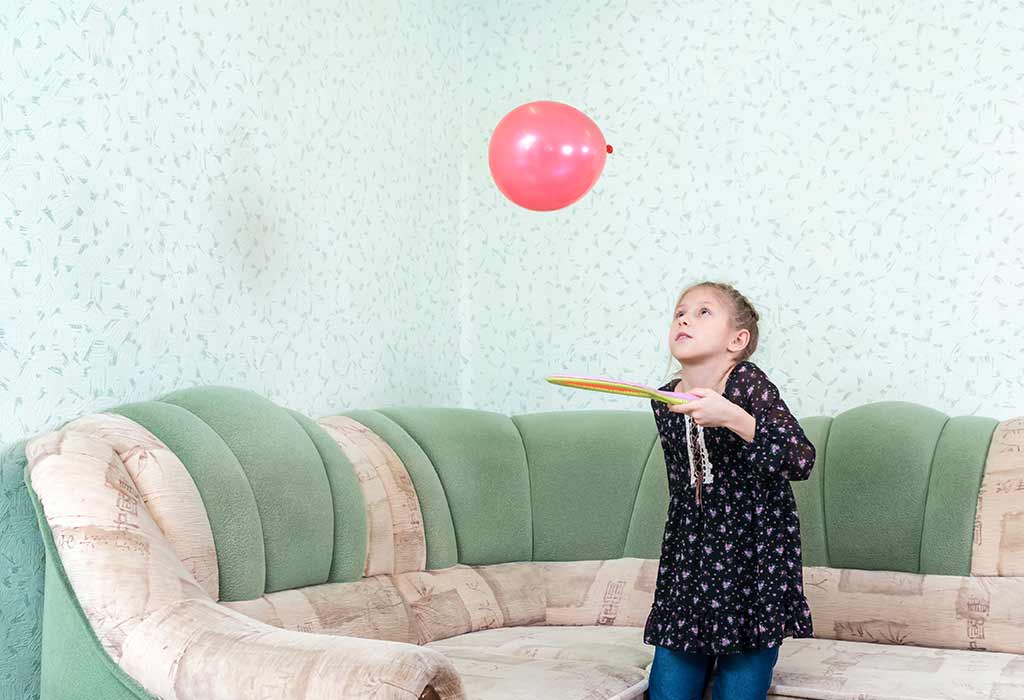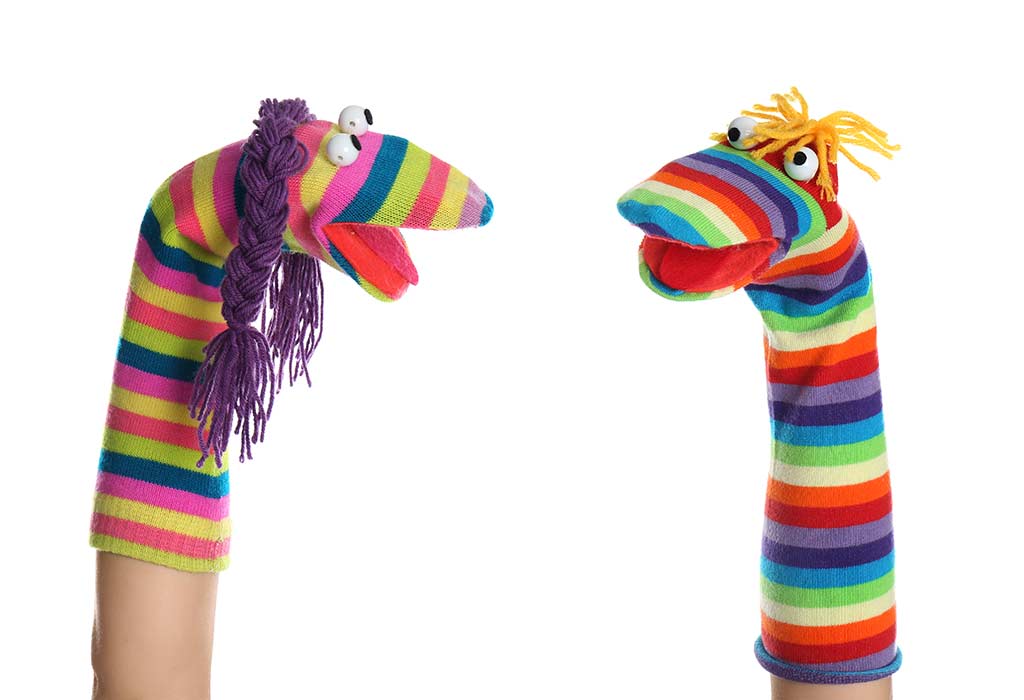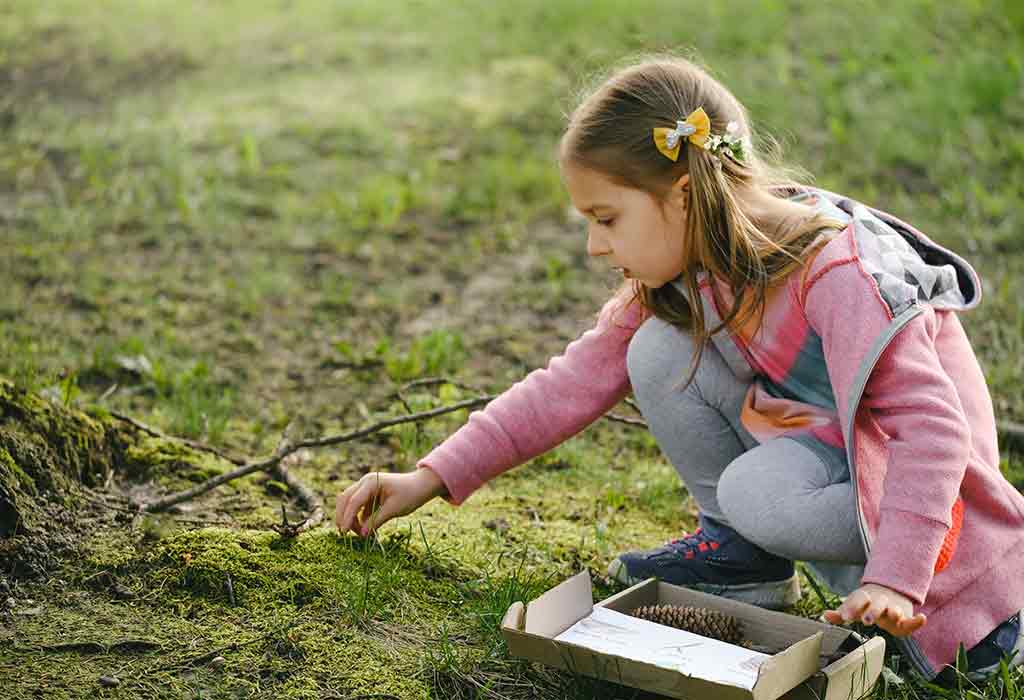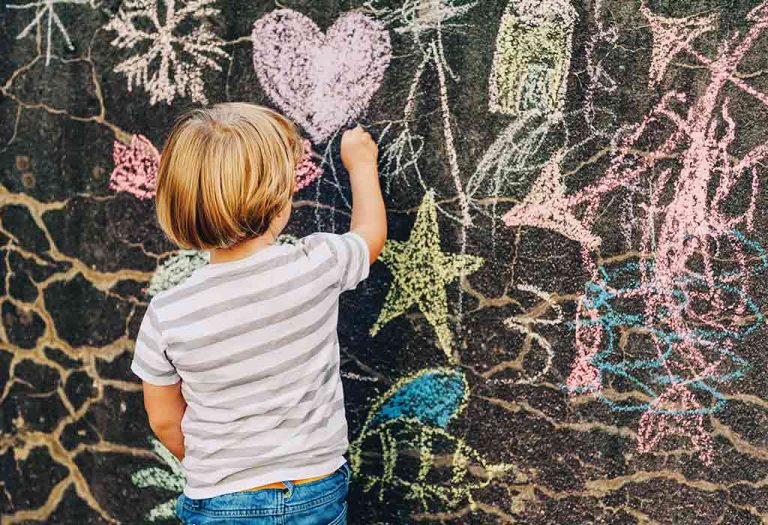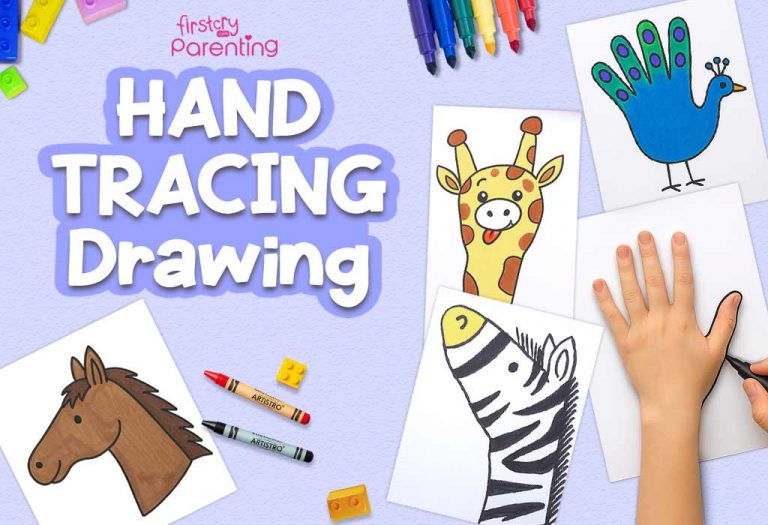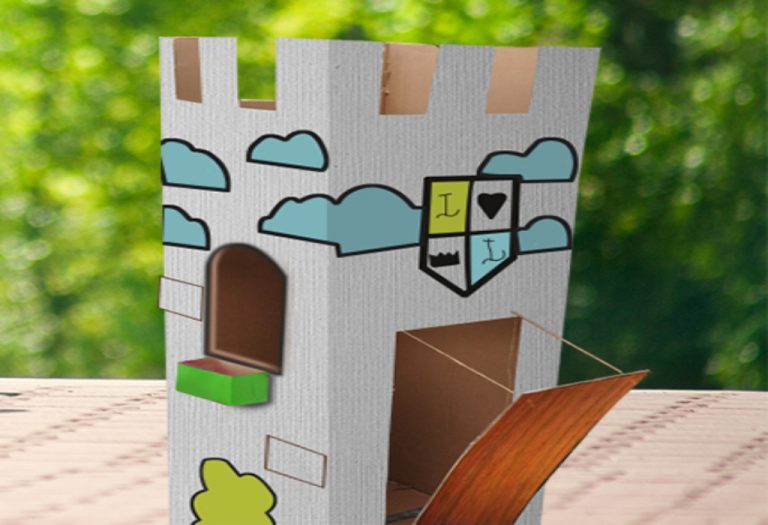Easy DIY Games for Kids That They Will Love to Play
Games help kids to utilize their creativity while nurturing their imagination physical, cognitive, and emotional strength. It also offers a positive way to spend time, which helps deal with temper tantrums and enhance cognitive skills. Moreover, improving our body and mind acts as a resistance to many diseases. Games to play at home with family or friends can perk up game nights or kill boredom on a rainy day.
Those looking to save money and protect the environment can look for fun DIY games for kids that you can easily make from objects at home. They do not help kids develop their creative muscles and motor skills but boost their confidence and resiliency, which are required to face new challenges in life. Read on to find some easy homemade games to try and recreate happy childhood memories.
Fun Homemade Games for Kids
Creative activities for engaging kids help develop their vital skills. Also, DIY game ideas involve different materials that provide different learning opportunities for kids of all ages. Educational baby toys can be expensive, and babies tend to outgrow them quickly. Simple DIY games for 2-year-olds are guaranteed to keep little hands busy. Regardless of the time of year, backyard games play a crucial role in developing the healthy body and brainpower of the child. You can make fun homemade DIY outdoor games with upcycled materials. Homemade carnival games are easy to make and can be made inexpensively. Here are some homemade games and DIY activities for kids that offer a hands-on learning experience for kids:
1. Paper Plate Ring Toss
It is a modern version of the traditional ring toss game. You can make it with super simple household items. Kids can spend hours practicing their tossing skills after a painting session on a lazy afternoon.
What You Will Need
- Paper Plates
- Paper Towel Tube
- Brush
- Tape
- Scissors
- Paint
Instructions
- Stand paper towel roll upright in the middle of the plate.
- Trace and cut out the circle outline by creating a small hole in the plate.
- Paint a paper towel roll and leave it to dry for 1–2 hours.
- Cut small slits about half-inch long in the bottom of the paper towel roll with a 1” gap in between.
- Lightly fan out slits and tape down in the middle of the new paper plate.
- Slide paper plate with a small hole below paper towel roll to make the ring toss base.
- Cut large holes in 4–5 additional paper plates and paint with different patterns and colors. Leave to dry for 1–2 hours.
- After the painted plates are dried, it’s time to finish the tossing rings by cutting out the center of the plates.
- Toss paper plate rings toward the base, trying to land the plates around the paper towel roll.
2. Spinning Bottle Cap
Bottle caps can be collected and used to play this incredibly easy game with preschoolers. It is one of the simplest DIY party games. It helps keep them entertained and work on a few fine motor skills needed in functional grasp patterns.
What You Will Need
- Bottle Caps
Instructions
- Holding with one finger, place the bottle cap on edge.
- Flick the edge to set it spinning using the other hand.
- The child whose bottle cap spins the longest or spins more than 2 seconds consecutively wins.
3. Grab & Pull Letter Load
This particular game is a fun outdoor activity for kids and helps with letter identification.
What You Will Need
- Rope
- Basket with holes
- Alphabets (foam, fabric, or magnetic letters)
- Index Cards
- Marker
Instructions
- Tie the rope to the basket.
- Spread the alphabet letters on the lawn.
- Make a “load list” on each index card.
- Write 2-6 letters on each card.
- Hand the “load list” to your child. Ask them to find the letters on the list.
- Drag the basket, add the letters to it, and pull them back to the designated place.
4. Knock the Balls Down Nerf Target
This simple game can be put together in 5 minutes from items in the recycling bin.
What You Will Need
- Cardboard box
- Lightweight plastic ball pit balls
Instructions
- Cut paper towel rolls into different sizes.
- Add point values to the tubes with index cards and tape.
- Use hot glue to attach the paper rolls to the box.
- Shoot the balls of the cardboard tubes.
5. Q-tip Blow Dart Game
This game helps foster independence, solve problems and build the brain through play.
What You Will Need
- Narrow Straws
- Q-tips (Handful)
- Plastic Cups
Instructions
- Build a tower with cups.
- Put a Q-tip inside the straw and blow the straw at the wall of cups.
- The wall made with cups needs to be close enough with minimum gaps to stabilize the tower. With bigger gaps, the cups will fall as the darts hit them.
6. Racing Paper Caterpillar
It is one of the easiest DIY fun games for kids.
What You Will Need
- Colored Paper or Origami Paper
- Scissors
- Pen or Marker
- Straws
Instructions
- Cut the paper keeping 1.25 inches in width and 6-8 inches in length.
- Fold the cut strip in half to form a crease in the center.
- Fold the paper towards the crease in the middle.
- Fold the other side of the paper strip.
- Now, fold the paper strip from the outside to the crease in the middle.
- Repeat the process on the other side.
- Fold the two halves together.
- Trim all 4 edges round using a scissor.
- Unfold the strip.
- Draw little caterpillar eyes and mouth on the head using a pen or marker.
- Turn the caterpillar around; count three sections up from the tail.
- Using a pen or marker, mark the third segment with a heart or any other shape.
- Use a drinking straw to blow at heart to make the caterpillar crawl gently.
7. The Giant Kerplunk Outdoor
This game is sure to help you kick your backyard bash up a notch and entertain kids of all ages for hours together.
What You Will Need
- Sturdy Metal Side Table – 1
- Wire Fencing
- Gloves-1 Pair
- Measuring Tape
- Wire Cutters
- Solid Wire
- Wooden Dowels
- Spray Paint
- Plastic Play Balls
Instructions
- Turn the metal table upside-down, and measure the circumference of the table base.
- Wear safety gloves and cut wire fencing to the necessary length to wrap around the base and create a basket-like shape.
- After cutting the wire fencing piece, roll it around the table base, and attach it to the base with solid wire. It can be done by looping a piece around the fencing wire basket and the base and twisting it until it is secured tightly against the two separate pieces. Cut out the excess wire.
- Repeat the process along the side of the wire basket so that the fencing is secured to itself and the base.
- Paint around fifteen wooden dowels in three bright colors to make game pieces.
- Insert the wooden dowels randomly into the fencing wire to set up the game. Intricately woven dowels make the game more interesting. Once all the dowels have been inserted into the basket, pour plastic play balls over the top. Players can take turns to remove pieces until all the balls fall off.
8. Cold Potato
This fun Carnival game offers a twist to the Hot Potato game, except that the “potato” is an egg-shaped ball of ice made by freezing water inside small balloons. Just note that these hard frozen balloons are not for throwing at each other.
What You Will Need
- Ice Cubes
- Balloons
Instructions
- Pour a bunch of ice cubes inside the balloon.
- Put the balloon back in the freezer for a few days.
- Then, burst the balloon and remove its skin from the ice, which will take the shape of a potato.
- Divide the kids into teams of five.
- Each team gets an ice cube. Each player from a team has to rub the ice cube on their palms and pass it to another player in the team.
- The team to first melt the ice cube will be declared the winner.
9. Homemade Angry Birds
This adorable game helps bring your child’s favorite cartoon character to life and get them interested in playing it with friends.
What You Will Need
- Toilet Paper Tubes-7
- Scissors
- Paint
- Q-tip
- Sharpie
- Fuzzy Elastic Hair Bands
Instructions
- Cut one of the toilet paper rolls into three equal parts. Paint them green, inside and out. After they dry, add the noses.
- Use a Q-tip to make white paint circles on either side of the nose.
- Once the paint dries, add pupils, eyebrows, and a mouth.
- Paint the remaining tubes brown, inside and out. After they dry, use a brown sharpie to draw wood grain onto them. Flatten them carefully, first in one direction, then the other, so that the tubes can have four flat sides and can easily be stacked.
- Set up a challenge for each participant to play by arranging the pigs and logs on a chair. The shooter sits about 3 feet away and uses soft, fuzzy hairbands to send the pigs down crashing.
10. Tic-Tac-Toe
It is one of the most well-known indoor games that can be played with stationery items easily available at home. This game helps to improve fine motor and reflex skills.
What You Will Need
- Pencil
- Paper
Instructions
- Draw a grid of two horizontal lines intersecting two vertical lines.
- Select a box and place the letter “O” or “X” to mark the box.
- Fill three pieces of the same mark in a row or stop your opponent from doing it to win the game.
11. Balloon Tennis
Balloon Tennis is a fun indoor game that mimics tennis but uses balloons and makeshift paddles for a softer and safer experience.
What You Will Need
- Balloons
- Paper plates
- Large craft sticks or rulers
- Tape
Instructions
- Attach a craft stick or ruler to the back of each paper plate using tape to create a paddle.
- Blow up a balloon and use it as the “tennis ball.”
- Divide the room with tape or a piece of string to represent the tennis net, then start playing by batting the balloon back and forth over the “net.”
12. DIY Obstacle Course
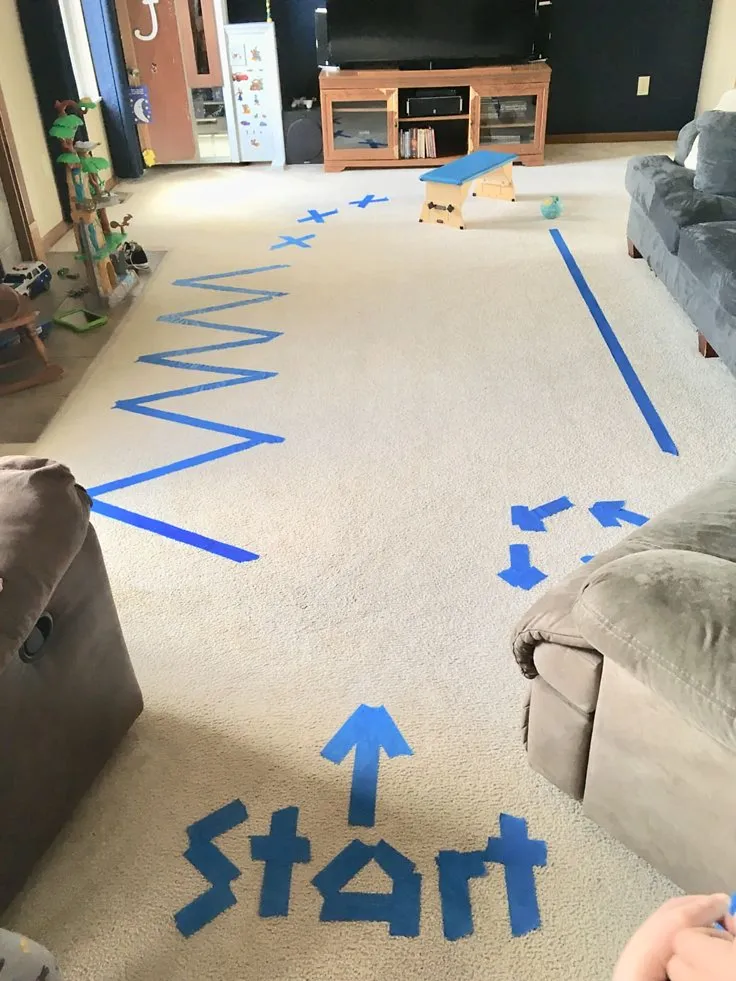
Source: Pinterest
Create a homemade obstacle course to encourage physical activity and imaginative play.
What You Will Need
- Pillows, cushions, or furniture
- Hula hoops
- Jump ropes
- Tape
Instructions
- Design a simple obstacle course using household items like pillows, hula hoops, and furniture.
- Set up a course that includes crawling under a table, jumping over pillows, and hopping through hula hoops.
- You can use tape to create boundaries or mark specific areas for different tasks.
- Encourage children to time themselves or challenge others to see who can complete the course the fastest.
13. Recycled Bottle Bowling
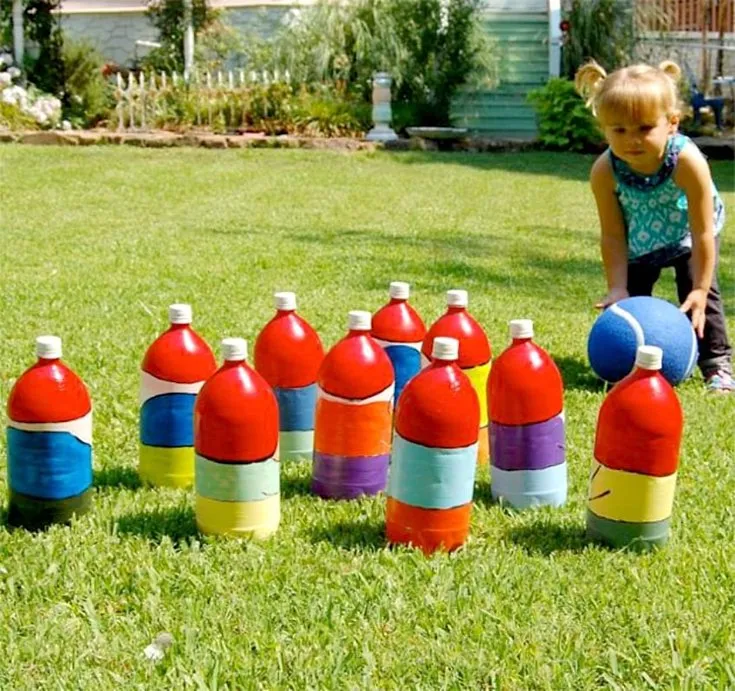
Source: Pinterest
A simple bowling game using recycled bottles, perfect for indoor or outdoor play.
What You Will Need
- Empty plastic bottles (10 for a traditional setup)
- A small ball
- Paint or markers (optional for decoration)
Instructions
- Fill the bottles with a small amount of water or sand to stabilize them.
- Set them up in a triangle formation, similar to bowling pins.
- Roll the ball towards the bottles to knock them down.
- You can keep score to add a competitive element or just enjoy seeing how many bottles can be knocked down in one throw.
14. Sock Puppets
Create playful sock puppets and host a mini-puppet show with friends or family.
What You Will Need
- Old socks
- Fabric markers
- Glue
- Googly eyes or buttons
- Felt or other fabric scraps
Instructions
- Decorate the socks with fabric markers, googly eyes, buttons, or felt to create unique characters.
- Once the puppets are ready, set up a simple puppet theater with a cardboard box or draped blanket and put on a show.
- Encourage kids to create their own stories or use familiar tales for inspiration.
15. Scavenger Hunt
Organize a scavenger hunt that takes children on an adventure, whether inside the house or outdoors.
What You Will Need
- Paper and pens
- Small objects or toys to hide
- A large space to play (indoors or outdoors)
Instructions
- Create a list of items to find or clues that lead to hidden objects.
- Hide the items throughout the designated area and give each child a list or clues to find them. You can customize the hunt based on age and skill level.
- Make it more challenging by adding riddles or puzzles to solve along the way.
- This game can be played individually or in teams for added competition.
Benefits of Playing DIY Games for Children
DIY games often use simple materials and involve hands-on crafting, problem-solving, and teamwork. Here’s a look at some of the key benefits that children can gain from playing homemade children’s games:
1. Creativity and Imagination
Games to play at home with kids allow children to unleash their creativity. By creating their own games, they are encouraged to think outside the box and come up with unique designs and concepts.
2. Problem-Solving Skills
As kids design and build their games, they face various challenges. This process helps them develop problem-solving skills by thinking of solutions to overcome obstacles or make their games work better.
3. Fine Motor Skills
Making DIY games often involves cutting, glueing, drawing, or assembling parts. These activities help children improve their fine motor skills and hand-eye coordination.
4. Teamwork and Collaboration
DIY games can be created and played in groups, promoting teamwork and collaboration. Children learn to work together, share ideas, and support each other through the process.
5. Confidence and Independence
When children complete a DIY project, they gain a sense of accomplishment. This boost in confidence encourages them to take on new challenges and be more independent in their pursuits.
6. Cost-Effective Fun
DIY games are often inexpensive, as they use materials commonly found at home. This makes them accessible and provides children with hours of fun without a significant financial burden.
FAQs
1. What supplies are needed for DIY games?
Most DIY games can be created with simple, everyday materials. Common supplies needed for these games include recycled materials like cardboard, plastic bottles, and old magazines, which are great for crafting. Art supplies such as markers, paints, glue, and scissors are essential for decorating and assembling. Household items like rubber bands, string, and paper clips can also be useful for building and designing games. With these supplies, children can unleash their creativity and create games they’ll love to play.
2. What are some safety tips for DIY games?
Safety is an essential consideration when children engage in DIY games. To ensure a safe environment, always supervise activities that involve cutting or using potentially hazardous materials. It’s crucial to use age-appropriate tools and supplies, and to keep small items away from younger children to avoid choking hazards. Proper ventilation is also recommended if painting or using glue with strong fumes.
3. Can DIY games be environmentally friendly?
DIY childrens games can be environmentally friendly by using recycled materials and minimizing waste. Parents and children can reuse cardboard, plastic bottles, and other household items to create games, reducing the need for new materials. These games can also be designed to be durable, allowing for multiple uses, which contributes to sustainability and reduces the impact on the environment.
In this modern world of technology, it is important to get kids off their overload of screen time and play games together by playing games that they create by themselves. Quieter or more active games provide an alternative source of entertainment and act as a teaching tool that shapes a well-rounded personality for a child.
References/Resources:
1. Fine Motor Skills; Cleveland Clinic; https://my.clevelandclinic.org/health/articles/25235-fine-motor-skills
2. Your Child’s Self-Esteem; Nemours Kids Health; https://kidshealth.org/en/parents/self-esteem.html
3. How to foster independence in children; Harvard Health Publishing; https://www.health.harvard.edu/blog/how-to-foster-independence-in-children-2019110518223
4. Growing Independence: Tips for Parents of Young Children; American Academy of Pediatrics; https://www.healthychildren.org/English/ages-stages/preschool/Pages/Growing-Independence-Tips-for-Parents-of-Young-Children.aspx
5. Garaigordobil. M, Berrueco. L, Celume. M; Developing Children’s Creativity and Social-Emotional Competencies through Play: Summary of Twenty Years of Findings of the Evidence-Based Interventions “Game Program” (Journal of Intelligence); National Library of Medicine; https://www.ncbi.nlm.nih.gov/pmc/articles/PMC9590021/; December 2022
6. Kushnir. T; Imagination and social cognition in childhood (Wiley Interdisciplinary Reviews, Cognitive Science); National Library of Medicine; https://www.ncbi.nlm.nih.gov/pmc/articles/PMC9539687/; May 2022
Also Read:
Memory Games for Children
DIY Matching Games for Children
Easy One Minute Games for Children
Was This Article Helpful?
Parenting is a huge responsibility, for you as a caregiver, but also for us as a parenting content platform. We understand that and take our responsibility of creating credible content seriously. FirstCry Parenting articles are written and published only after extensive research using factually sound references to deliver quality content that is accurate, validated by experts, and completely reliable. To understand how we go about creating content that is credible, read our editorial policy here.





